Search
Summary 
Loading AI-generated summary based on World History Encyclopedia articles ...
Search Results
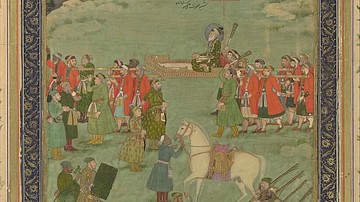
Image
The Emperor Aurangzeb Carried on a Palanquin
A painting of Aurangzeb (1618-1707), sixth Mughal emperor. Here he is accompanied by a royal hunting party. The preparations for the hunt include several hunters in the foreground, camouflage screens, and a deer being led as a bait. The...
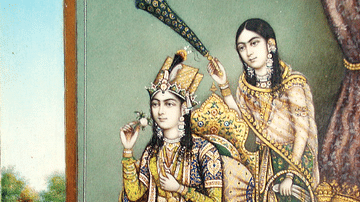
Article
Royal Women in the Mughal Empire
It was not only the Mughal emperors that left an indelible mark in the history of the Indian subcontinent but also the queens and princesses. The latter's contributions to art, architecture, literature, cuisine, refinement, and administrative...

Video
The History of the Great Mughals, Babur to Aurangzeb | 1483 - 1707
The Mughal Empire ruled parts of the Indian Subcontinent for more than three centuries. In that time, it transformed India into what it is today. The Mughals came as outsiders from Central Asia who conquered India with steel and gunpowder...
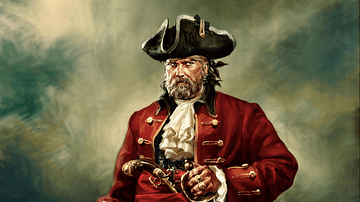
Definition
Henry Every
Henry Every (b. 1653), also known as Henry Avery, Benjamin Bridgeman, ‘Long Ben’ and (incorrectly) John Avery, was one of the most savage and successful pirates in the Golden Age of Piracy. Capturing a treasure ship of the Mughal emperor...
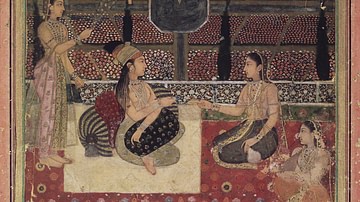
Definition
Urdubegis
The urdubegis were a group of female warriors in the Mughal Empire, who protected the zenana, the harem of the emperor. Although the origins of female bodyguards go back to the beginning of Indian civilizations, the urdubegis were a Mughal...
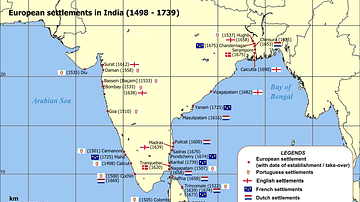
Article
The English and Dutch East India Companies' Invasions of India
In the early 17th century, the Dutch and English East India Companies turned their eyes towards India, as part of their grand schemes to develop extensive trade networks across the Indian and China Seas. They were faced with two significant...
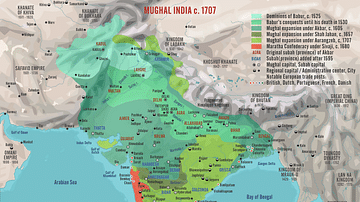
Image
Mughal India c. 1707
A map illustrating the emergence and expansion of one of the largest centralized states in the premodern world - the Mughal (Persian for Mongol) Empire from its foundation in 1526 by Ẓahīr al-Dīn Muḥammad Babur, a Chagatai Turk and a descendant...

Image
Badshahi Mosque
Badshahi mosque, built by the Mughal emperor Aurangzeb (r. 1658-1707 CE) in 1673-74 CE, in Lahore, Pakistan.
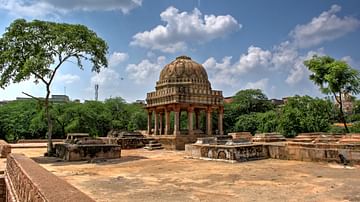
Article
Mehrauli Archaeological Park
Mehrauli Archaeological Park is situated in Delhi, just beside the Qutb Complex (historically Mehrauli was the first of the seven cities of Delhi). Spanning an area of more than 200 acres (80 ha), the site displays the rich heritage of India...

Article
Mandu - City of Joy
The city of Mandu is situated about 35 km from Dhar in the Madhya Pradesh region of northern-central India. Most of the city's monuments date to the 15th and 16th century CE. The city is located on a hill which rises 633 m above the sea level...